WILDE BEEST MIGRATION
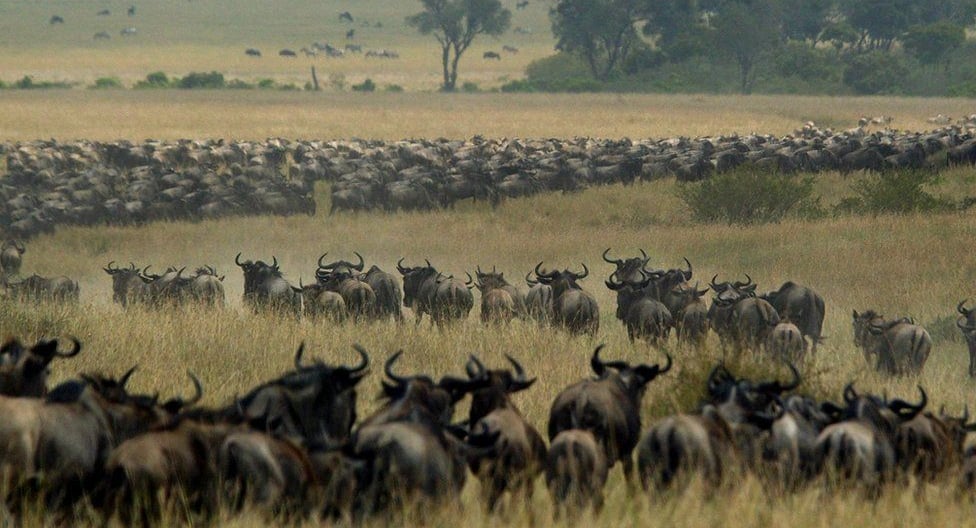

The wildebeest migration is often considered one of the longest and largest land migrations in the world. The migration involves an estimated 1.5 million wildebeest, hundreds of thousands of zebras, and other ungulates like gazelles and elands. The migration follows a circular route between Tanzania's Serengeti National Park and Kenya's Masai Mara National Reserve, covering a distance of around 800 kilometer (500 miles). The migration is driven by the search for food, water, and favorable breeding conditions.
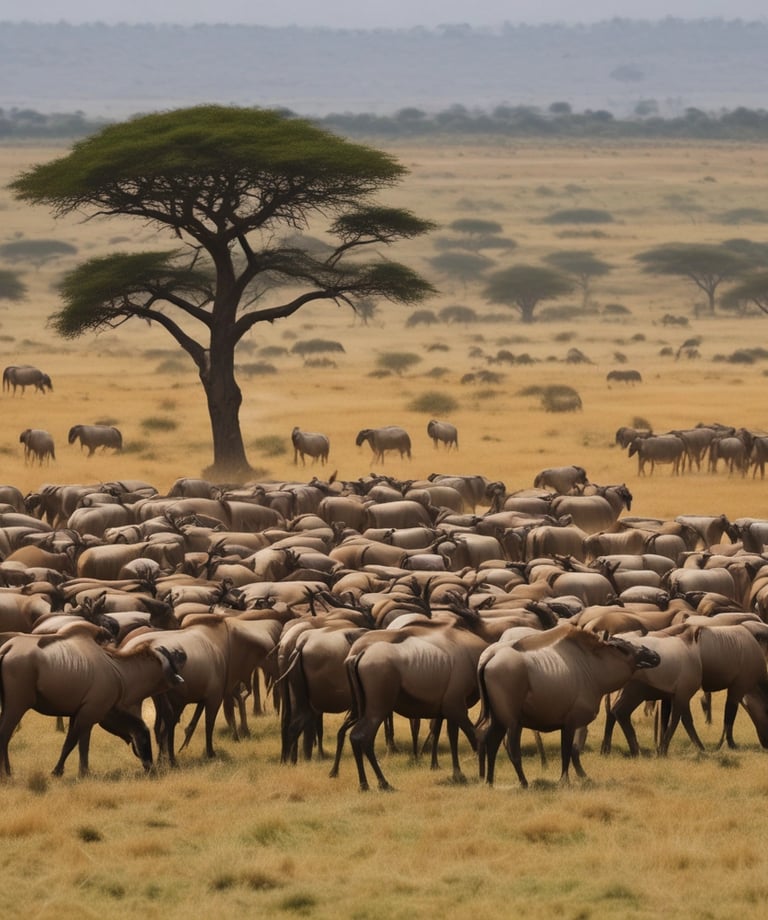

Timing and Route
The migration follows a cyclical pattern throughout the year. The herds move in a clockwise direction, starting in the southern Serengeti around January and February. As the dry season progresses, the herds move northward, eventually crossing into Kenya's Maasai Mara Reserve around July and August. They spend a few months in the Mara before beginning the journey back to the Serengeti.
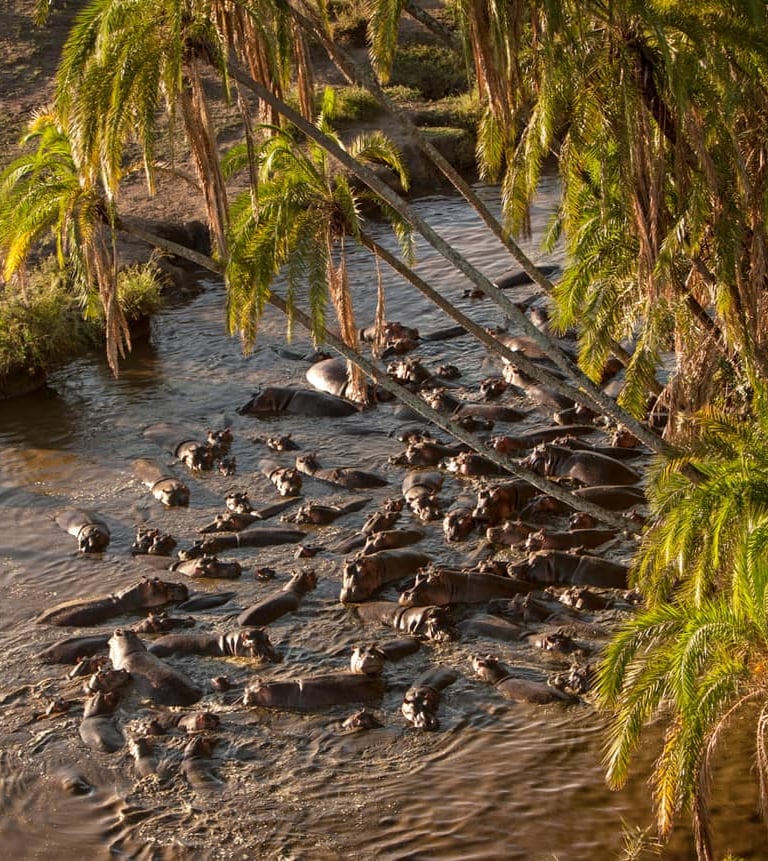

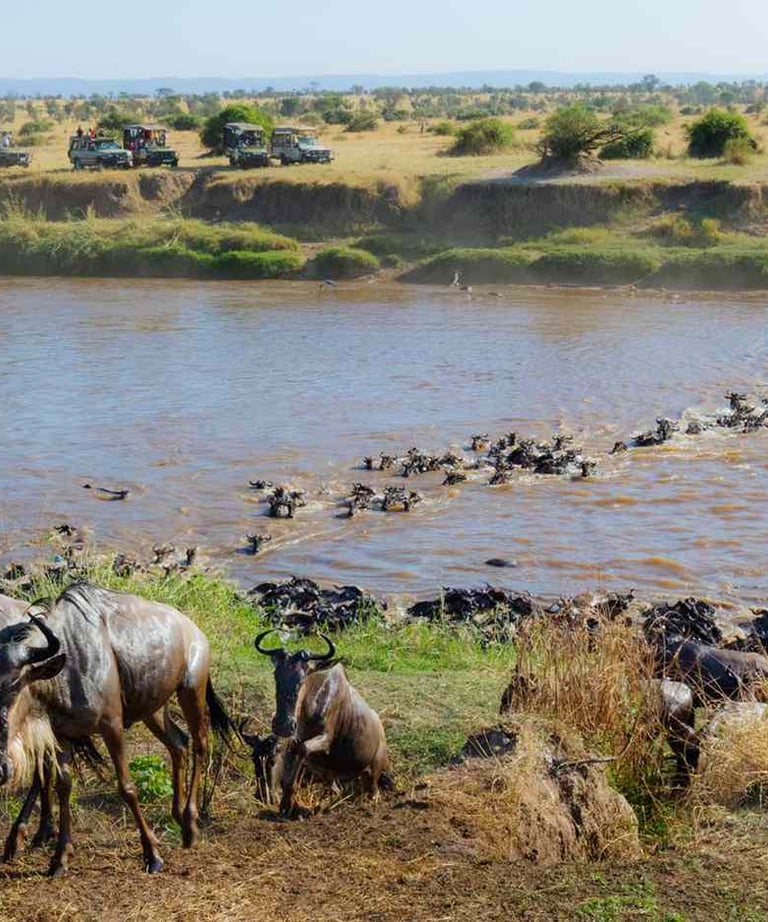

Calving Season
One of the most mesmerizing aspects of the migration is the calving season, which occurs in the southern Serengeti between January and March. During this time, hundreds of thousands of wildebeest calves are born in a short period. This phenomenon attracts predators like lions, cheetahs, and hyenas, making it a prime time for wildlife sightings.
River Crossing
One of the most dramatic and challenging parts of the migration involves river crossings. In order to reach better grazing areas, the herds must traverse treacherous rivers like the Mara and Grumeti. These crossings are fraught with danger, as crocodiles and fast-flowing currents pose threats to the animals.
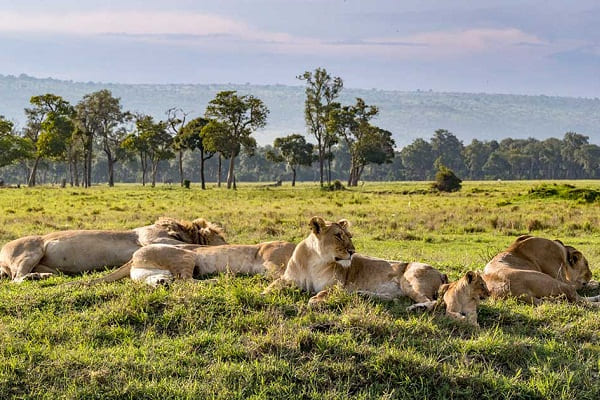

Predator-Prey Interaction
The migration provides incredible predator-prey interactions, as predators closely follow the herds. Lions, in particular, capitalize on the abundance of prey during the migration, and sightings of hunts and kills are common.
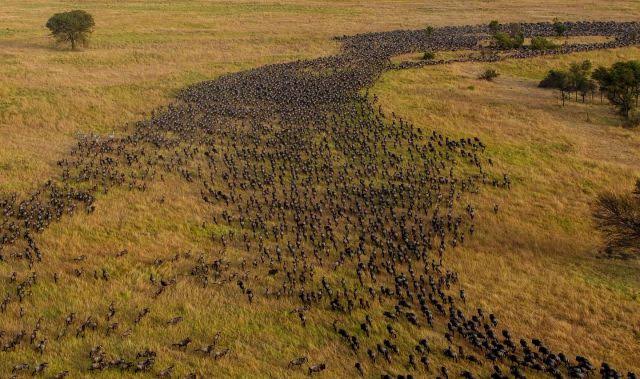



Ecosystem Impact
The migration has a significant impact on the Serengeti ecosystem. The constant movement of the herds helps fertilize the soil with their waste, promoting healthy grass growth. This, in turn, supports other herbivores and attracts predators, creating a balanced ecosystem.
Tourist Attraction
The Great Wildebeest Migration is a major draw for tourists and wildlife enthusiasts from around the world. People travel to witness this remarkable spectacle and experience the thrill of seeing millions of animals on the move.
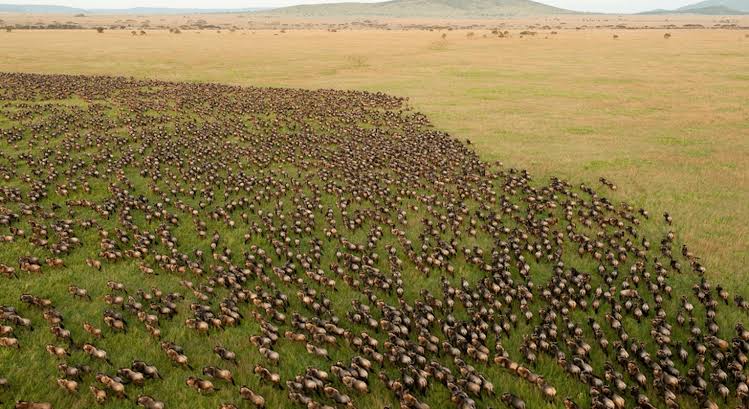

Conservation Effort
The migration emphasizes the importance of protecting the Serengeti ecosystem. Efforts are being made to ensure the preservation of habitat, wildlife corridors, and sustainable tourism practices to safeguard this natural wonder.
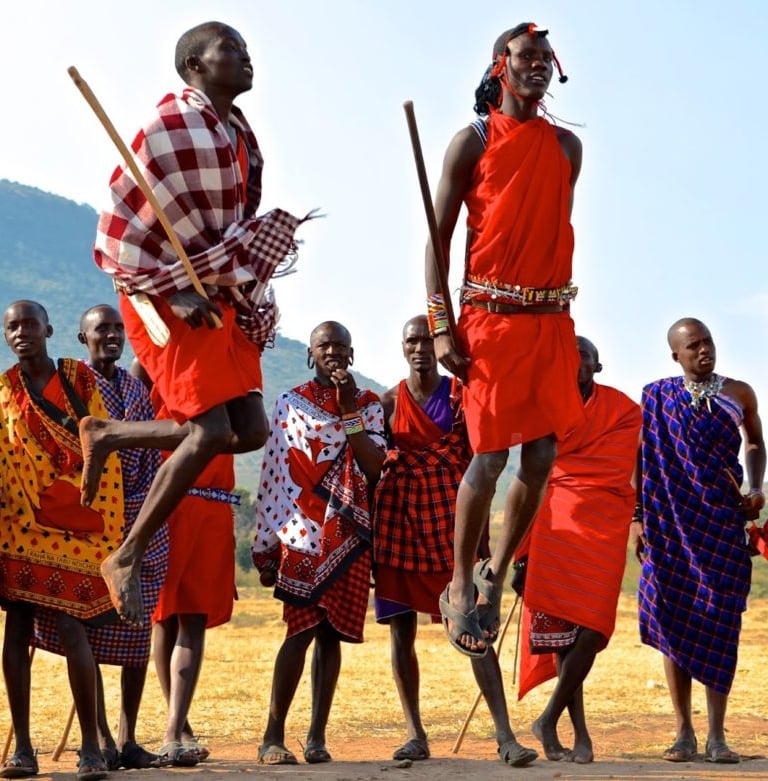

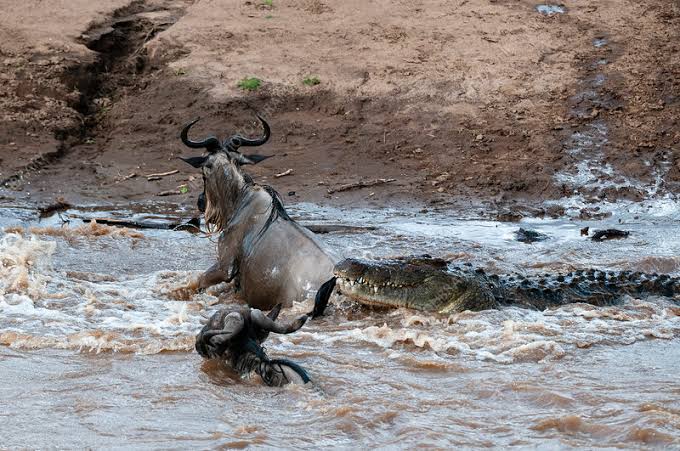

Cultural Significance
The migration is deeply ingrained in the culture and traditions of the local Masai communities. It reflects the ancient relationships between humans and wildlife in the region.
Life and Death drama
The migration showcases the struggle for survival in the wild. While it's a spectacle of life and abundance, it also involves heart-wrenching scenes of predation and the challenges of surviving in a harsh environment.
